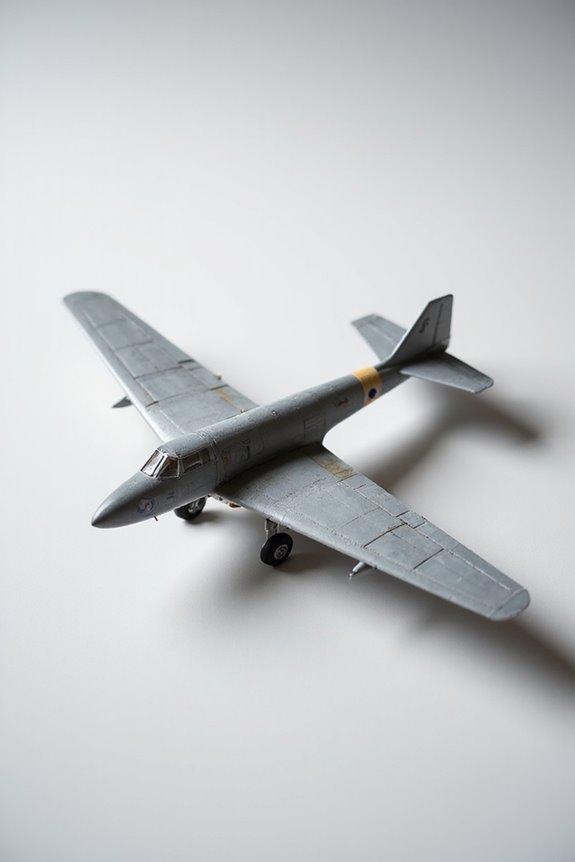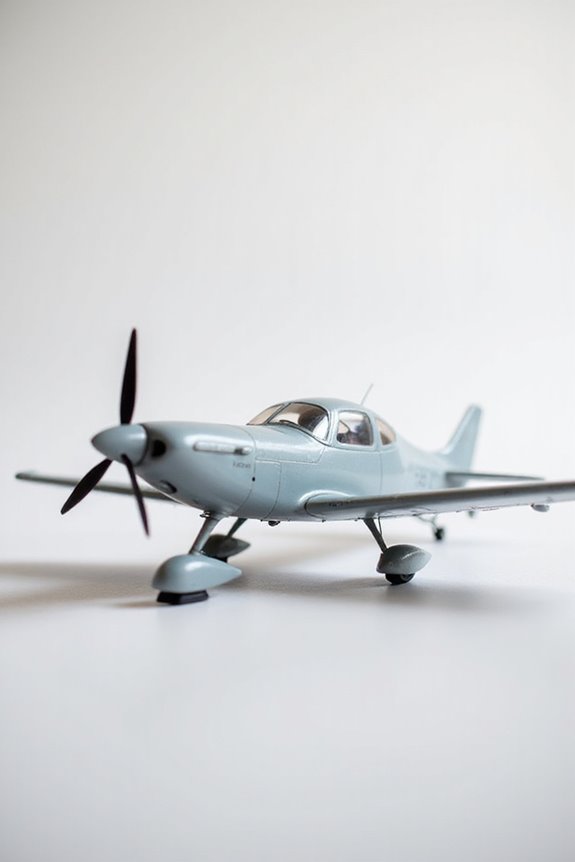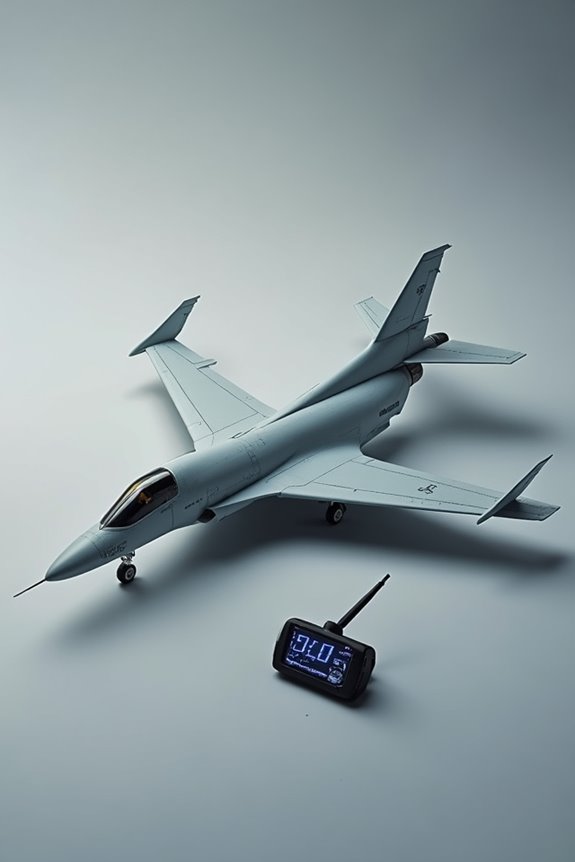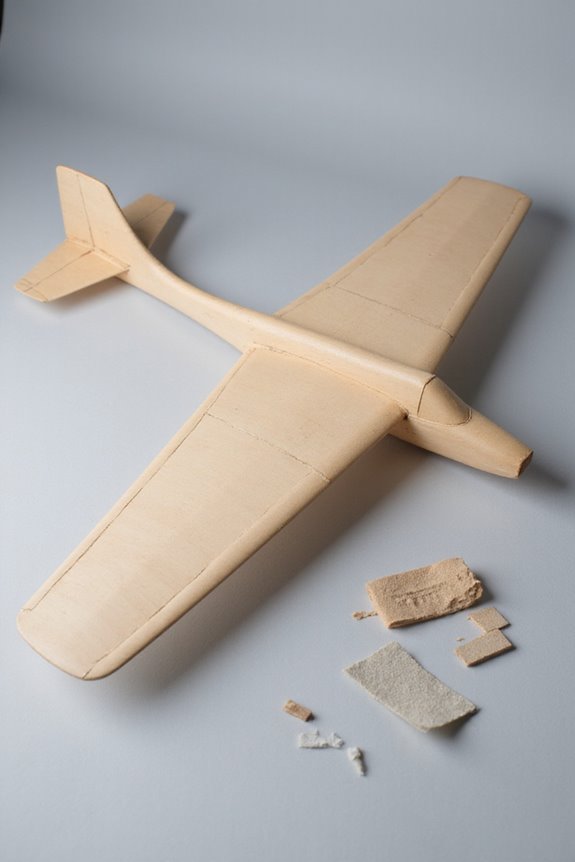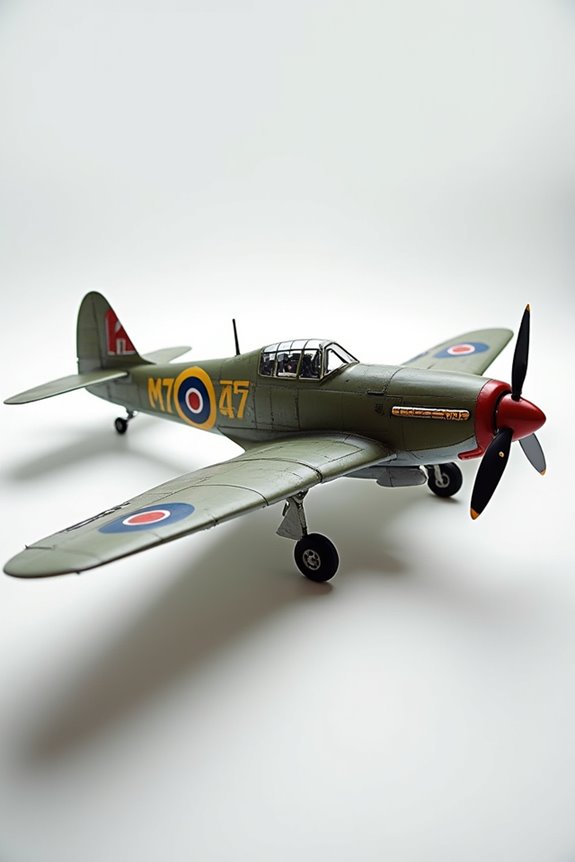To reduce wing rock, we can start with design tweaks like adding leading-edge slots or slats. These help airflow at high angles of attack, making flying smoother. Next, we enhance control surfaces like ailerons for better responsiveness. Maintaining our angle of attack below 20 degrees during slow speeds can prevent trouble too. Plus, practice makes perfect! Those simulator sessions we love can help us master these maneuvers. There’s always more to learn about keeping our wings steady!
Key Takeaways
- Maintain the angle-of-attack below 20 degrees during slow-speed operations to prevent wing rock.
- Implement leading-edge modifications like slots or slats to improve airflow at high angles of attack.
- Optimize ailerons and elevators for enhanced roll stability and responsiveness during maneuvers.
- Utilize flight simulations to practice maneuvers and develop safe operating strategies.
- Continuous monitoring of lateral stability can help identify and mitigate precursors to wing rock.
Understanding Wing Rock Dynamics
When we’re flying at high angles of attack, it’s easy to think nothing can go wrong—until wing rock steps in and shakes things up. This periodic roll oscillation can hit hard, especially near stall conditions. It’s all about those pesky flow dynamics, like asymmetric vortex shedding that happens around our aircraft. When the flow separates, it can lead to instability.
Now, roll damping can be a tricky beast. At small angles, it may even promote instability! But fear not, at larger angles, it flips the script and starts to stabilize things. This back-and-forth drama isn’t just a pilot’s nightmare; it can impact weapon aiming and maneuvering, too. So, understanding these dynamics is essential for smoother skies ahead.
Design Modifications for Stability
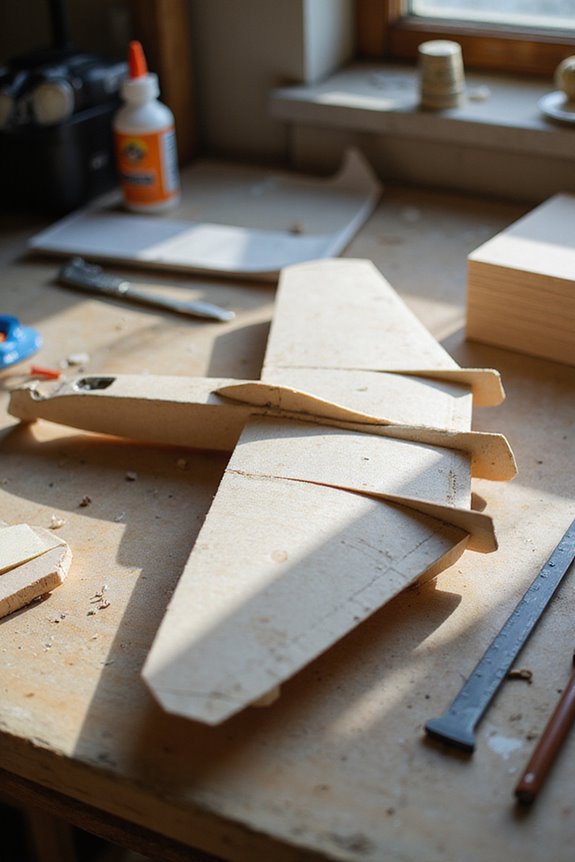
Wing rock can feel like a rollercoaster ride, but thankfully, there are design modifications that can help us stabilize our flight. One effective method is incorporating leading-edge modifications like slots or slats. These can enhance airflow at high angles of attack, making our wings behave better. It’s like giving our wings a little boost when they need it most!
We can also look at vortex generation. Managing those vortex formations near the wing tips helps stabilize airflow, reducing those pesky oscillations. Think of it as guiding the air smoothly instead of letting it bounce around. Full-span or segmented flaps can further enhance lateral stability. With these modifications, we can sail through the skies with greater confidence and a lot fewer dips! Additionally, considering stabilization technology can significantly improve flight stability, making it easier to manage wing rock.
Control Surface Enhancements
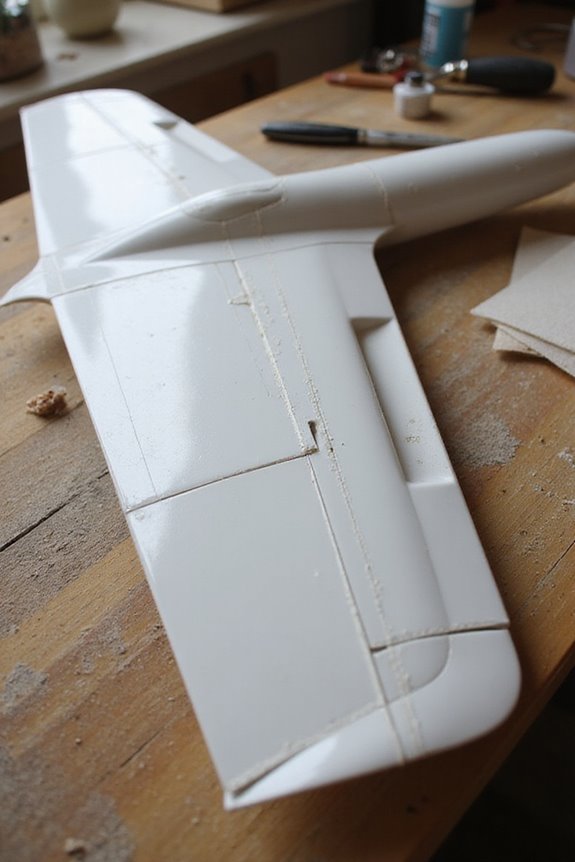
To tackle wing rock effectively, we need to focus on enhancing our control surfaces. By optimizing our ailerons and elevators, we can improve roll stability and responsiveness. Think of control surfaces as the body movers in our airplane dance—they need to be primed for smooth moves!
Leading-edge modifications, like droops or flaps, can greatly boost aerodynamic stability and delay wing rock. We should also consider integrating sensors to monitor conditions and adjust control surfaces in real-time. It’s like having a personal trainer for our wings! Using advanced simulation tools helps us test configurations and verify they’re effective before hitting the skies. Additionally, utilizing high-precision sensors from the best RC plane gyros can significantly enhance our flight control capabilities. With these enhancements, we can keep our wings stable and flying straight. Let’s embrace the tech, and our stability will soar!
Operational Strategies to Mitigate Wing Rock
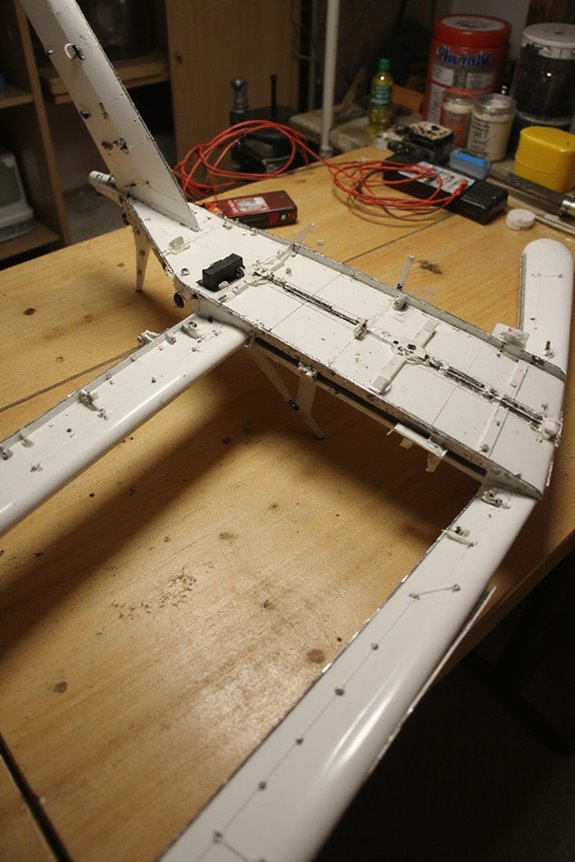
While flying, nothing can put a damper on our day quite like experiencing wing rock. To minimize this frustrating issue, we need to focus on a few operational strategies. First, we should keep our angle-of-attack (AOA) below 20 degrees during slow-speed operations. This helps us dodge the wing rock onset like it’s dodgeball!
Additionally, using flight simulations can really help us practice our maneuvers. It’s a great way to identify what’s safe and what’s regulatory compliant. Always remember: smooth and precise control inputs make a huge difference. Monitoring our lateral and directional stability continuously can catch wing rock precursors early. With these strategies in play, we can navigate our skies with confidence and maybe even a little less wing wobble!
Pilot Training and Awareness
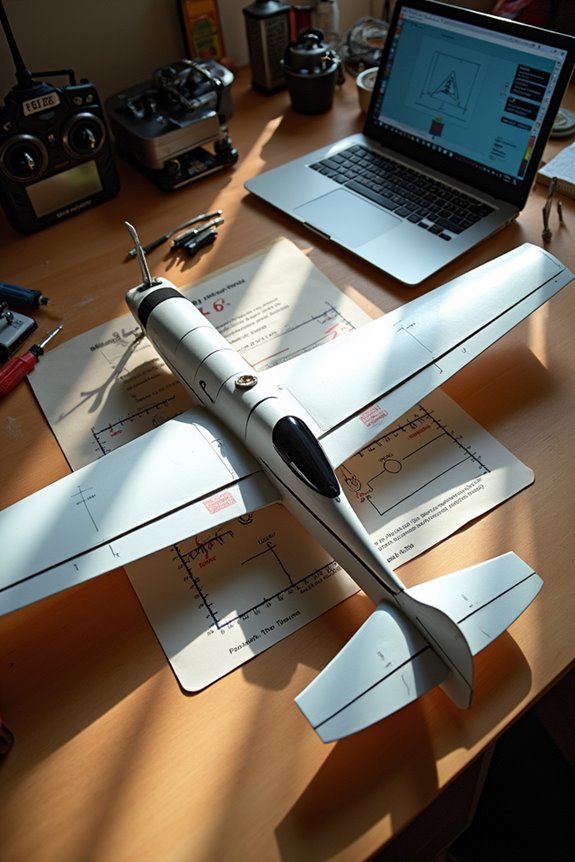
Understanding how we, as pilots, can stay sharp and aware is essential for combating wing rock. Effective pilot education involves mastering aerodynamics, especially during high angles of attack. Just think of it like steering through a roller coaster; we need to anticipate those sharp turns!
Simulator training is a game changer. It lets us replicate wing rock situations safely, giving us the muscle memory to respond swiftly. Plus, we learn to recognize cues—like monitoring our angle of attack—to avoid entering tricky flight regimes.
And let’s not forget the importance of smooth, coordinated inputs. Just like dancing, timing is everything. With the right training effectiveness, we’ll not only recognize wing rock; we’ll handle it like pros!
Frequently Asked Questions
What Types of Aircraft Are Most Prone to Wing Rock?
We’ve learned that light aircraft and aerobatic planes, particularly those with highly swept wings or slender designs, are often most prone to wing rock, especially during maneuvers or high angles of attack.
How Do Weather Conditions Affect Wing Rock Susceptibility?
Weather conditions, like wind shear and turbulence patterns, greatly influence wing rock susceptibility. We’ve seen how fluctuations impact stability, weakening structures and increasing the likelihood of uncontrolled movements in various aircraft.
Can Wing Rock Occur During Takeoff and Landing?
When we’re flying high, we shouldn’t underestimate wing rock during takeoff and landing. Implementing proper takeoff techniques can improve landing stability, reducing the risk of disorienting oscillations as we approach those critical phases.
What Role Does Pilot Experience Play in Wing Rock Incidents?
Pilot experience greatly impacts wing rock incidents; through rigorous pilot training and flight simulation, we can develop our skills. Enhanced experience leads to better recovery techniques, ultimately reducing risk and improving our overall safety in the skies.
Are There Specific Maneuvers That Can Prevent Wing Rock?
Are we ready to plunge into preventing wing rock? By ensuring aerodynamic stability through careful control inputs and gentle maneuvers, we can effectively minimize risks and maintain smooth flight, avoiding the unsettling oscillations that threaten our safety.

